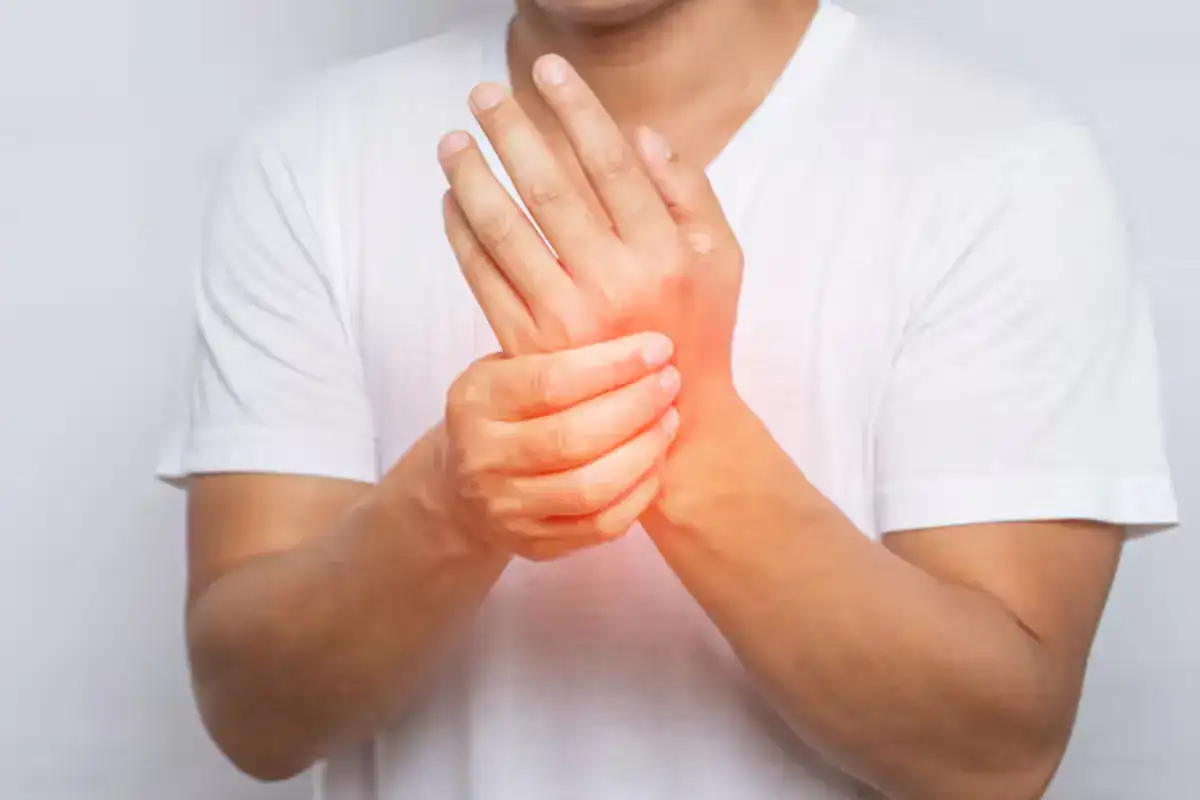Loguytren problems refer to a group of conditions affecting the hands, particularly the connective tissues. The term is often associated with Dupuytren’s contracture, a disorder that leads to the thickening and tightening of the fascia in the palm. Over time, this can cause the fingers to bend inward, making it difficult to perform everyday tasks.
Causes of Loguytren Problems
The exact cause of Loguytren problems is not entirely understood, but several factors may contribute to the condition:
- Genetics – A family history of the condition increases the risk.
- Age and Gender – It is more common in people over 50 and predominantly affects men.
- Lifestyle Factors – Smoking and excessive alcohol consumption may be linked to an increased likelihood of developing this condition.
- Medical Conditions – People with diabetes and certain autoimmune diseases may be more prone to Loguytren problems.
Symptoms of Loguytren Problems
The progression of Loguytren problems can be slow, and symptoms may not be immediately noticeable. Common symptoms include:
- The formation of small lumps or nodules under the skin in the palm.
- Thickening of the tissue, which may feel firm or tight.
- Difficulty extending the fingers fully, leading to a curled or bent position.
- Reduced hand function, making tasks such as gripping objects or shaking hands challenging.
Diagnosis and When to See a Doctor
A doctor will typically diagnose Loguytren problems through a physical examination. They may perform the tabletop test, where the patient places their hand flat on a surface to check for flexibility. In some cases, imaging tests like ultrasound or MRI may be used to assess tissue thickening.
Treatment Options for Loguytren Problems
While there is no cure for Loguytren problems, several treatment approaches can help manage symptoms:
1. Non-Surgical Treatments
- Steroid Injections – These may reduce inflammation and slow disease progression.
- Physical Therapy – Exercises and stretching can help maintain flexibility and hand function.
- Enzyme Injections – Certain enzyme-based treatments can break down the toughened tissue, improving hand mobility.
2. Surgical Options
- Fasciotomy – A procedure where the thickened tissue is cut to release tension in the fingers.
- Needle Aponeurotomy – A minimally invasive technique that uses needles to break apart the affected tissue.
- Partial or Full Fasciectomy – Removal of the diseased tissue to restore hand movement.
Preventive Measures and Lifestyle Adjustments
Although there is no surefire way to prevent Loguytren problems, adopting certain lifestyle habits may help reduce the risk or slow progression:
- Avoid Smoking and Excessive Alcohol Consumption – These habits are associated with an increased risk of connective tissue disorders.
- Regular Hand Exercises – Stretching and movement exercises can help maintain flexibility.
- Healthy Diet and Hydration – Maintaining overall health may reduce the likelihood of developing or worsening symptoms.
Final Thoughts
Loguytren problems can impact hand function and daily activities, but early diagnosis and treatment can help manage the condition effectively. If you notice symptoms like lumps in your palm or difficulty straightening your fingers, consult a healthcare professional for an evaluation. With the right approach, many people can maintain a good quality of life despite the challenges posed by this condition.
By understanding the causes, symptoms, and treatment options, individuals can take proactive steps to manage these problems and prevent severe complications. See more
